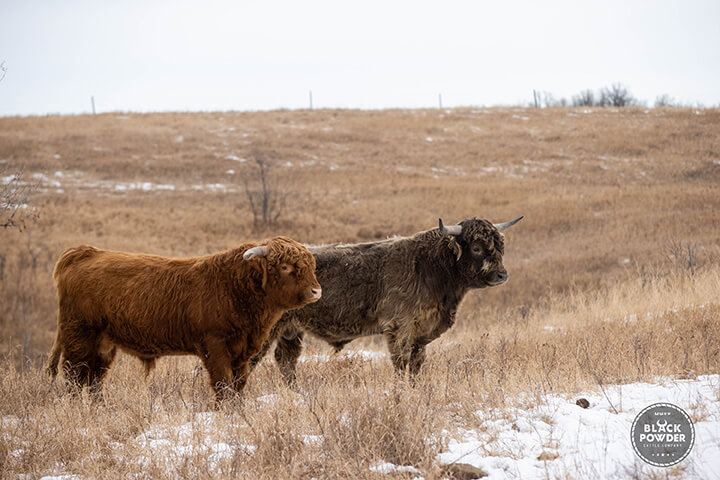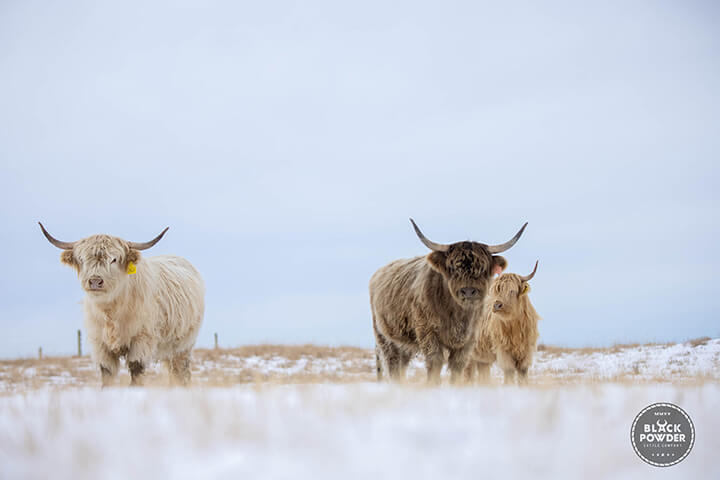There are a lot of different ways to raise cattle, and when we were working through our thinking about how we’d raise our purebred, registered Scottish Highlands, it evolved into a Natural Ranching Philosophy that probably isn’t new or shockingly unique, but that matters to us and to our livestock.


